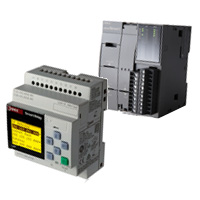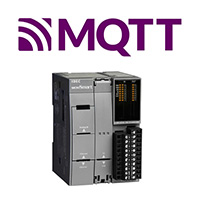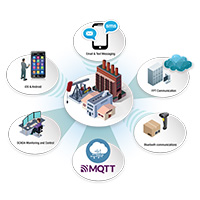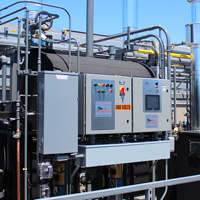Technical Articles

Smart Relays and Micro PLCs for Machine Control.
Depending on your application requirements, there are different approaches to providing machine control. This article will help you better understand the pros and cons of two of the possibilities you may have to choose between.
When looking for the right controller option for your machine or system, you want a device that most closely matches the automation application it is going into. Since there is a wide variety of ways to go, we’ve chosen to focus on two of the more closely aligned options so that you can save money, complexity, and design time.

Edge Control
Edge control can take many forms to access stranded data, with modern PLCs often the preferred alternative.
For as long as operators have interacted with machinery and equipment, the concepts of the industrial ‘edge’ and ‘edge control’ have existed. Control at the edge could be an operator’s manual interaction with the equipment, or it could be hardwired controls performing some required functionality. A more sophisticated arrangement could consist of digital automation, typically with a programmable logic controller (PLC) monitoring input sensor at the edge, processing logic, and commanding outputs to control edge devices.

Lean Industrial IoT
End users can start introducing industrial IoT features with small steps to realize big value.
Internet of things (IoT) devices and apps are providing consumers with improved access to and control of their digital life. Common examples include residential smart systems like thermostats, appliances, and garage door openers—each of which can be viewed and operated via a mobile device.

Boiler Control System Uses Advanced PID Algorithm
System integrator Diverse Devices uses an IDEC automation system to control complex boiler installations used in hotels, hospitals, and other large facilities.
Founded in Los Angeles in 1946, Parker Boiler manufactures hot water and steam boilers used in manufacturing, wastewater treatment, heating large buildings ranging from hospitals to hotels, and other facilities worldwide.